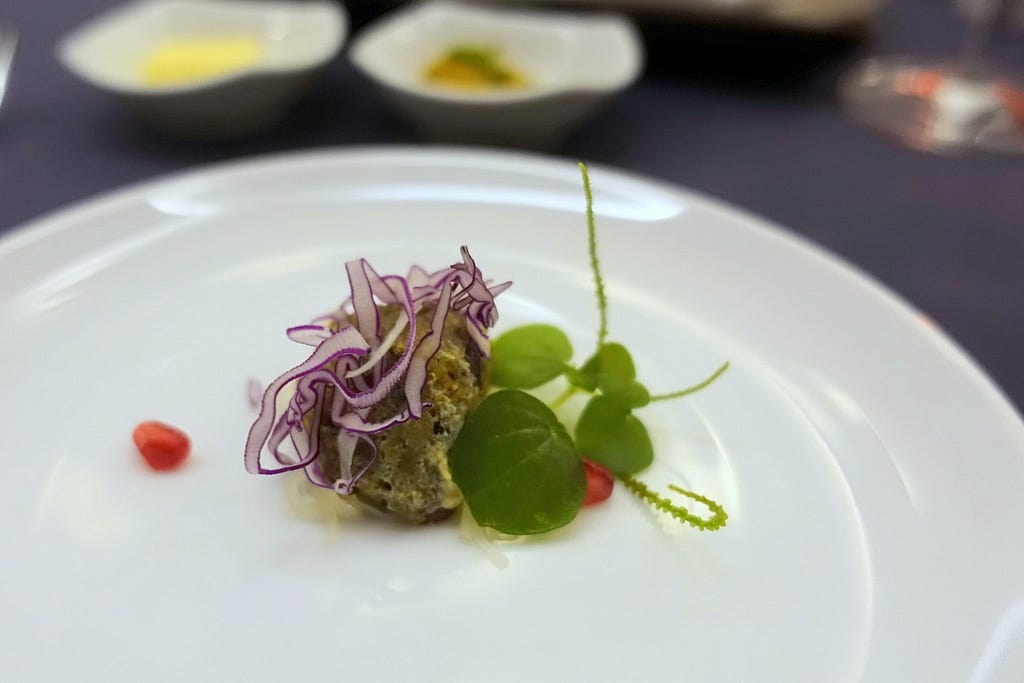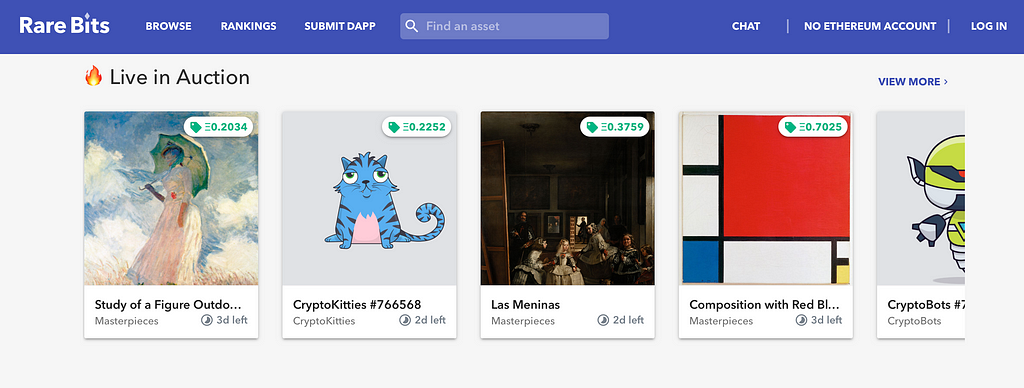Latest news about Bitcoin and all cryptocurrencies. Your daily crypto news habit.
We sometimes hear reports about the rise of luxury goods, but we haven’t seen much of it in digital products. Maybe people don’t know what digital luxury is or how it can manifest itself? If a Bitcoin millionaire would want to show off an extravagant crypto wallet, what would it look like? Possibly something like this:
Luxury is created by design and by scarcity. For physical products, this typically means limited edition items made from expensive materials. But what is a material in digital products such as apps or games? And how do we create exclusivity when digital products can be copied infinitely? Here are two ways digital designers can add some bling to their products.
1. Luxury by design
Luxury products often make use of more costly materials than necessary. For example, a watch doesn’t need gold to be functional. What type of materials can we waste to add a sense of luxury to digital products?
Waste screen space. High-end print items use excessive white space to add richness and importance to page content.
In a similar way, designers can waste pixels in digital layouts and use more empty space than needed. The old “less is more” design pattern applies to digital products too.
Waste time. We expect quality to take time. For example, when being served a meal at a high-end restaurant, a calm and elaborate service is part of a luxurious experience.
 Fine dining is worth waiting for
Fine dining is worth waiting for
Digital designers spend a lot of time crafting software, but few consider actually slowing down parts of the user interface. Wasting time in selected transitions can be a way to boost a specific user experience. For example, when a player is about to win a game of Peggle, the animation slows down to kick off an amazing and ludicrous visual celebration.
By combining white space with a slower-than-necessary animation, we get something like this:
2. Luxury by exclusivity
For analog products, the easiest way to make something exclusive is to limit the edition of an item. For digital products, scarcity has been tricky to achieve, since software can be copied infinitely. Until recently, exclusive digital goods could only exist within controlled environments such as World of Warcraft and other online games.
Today, developers can use Blockchain tokens to guarantee the exclusivity of digital objects. Non-fungible tokens enable people to fully own a unique digital asset without being constrained by the rules of a specific game or environment. The most well-known non-fungibles today are CryptoKitties, and we expect to see many more examples of digital art and collectibles ahead. Maybe there will even be teams that design and develop exclusive apps that make use of this new tech?
 Rare Bits is a marketplace for non-fungible crypto assets
Rare Bits is a marketplace for non-fungible crypto assets
So, luxurious design and scarcity is achievable for creators of digital products after all. By the way, if you happen to know someone who wants an exclusive digital wallet for their Bitcoin billions, please get in touch! We’re available for some really, really expensive design work.
Digital Luxury was originally published in Hacker Noon on Medium, where people are continuing the conversation by highlighting and responding to this story.
Disclaimer
The views and opinions expressed in this article are solely those of the authors and do not reflect the views of Bitcoin Insider. Every investment and trading move involves risk - this is especially true for cryptocurrencies given their volatility. We strongly advise our readers to conduct their own research when making a decision.

